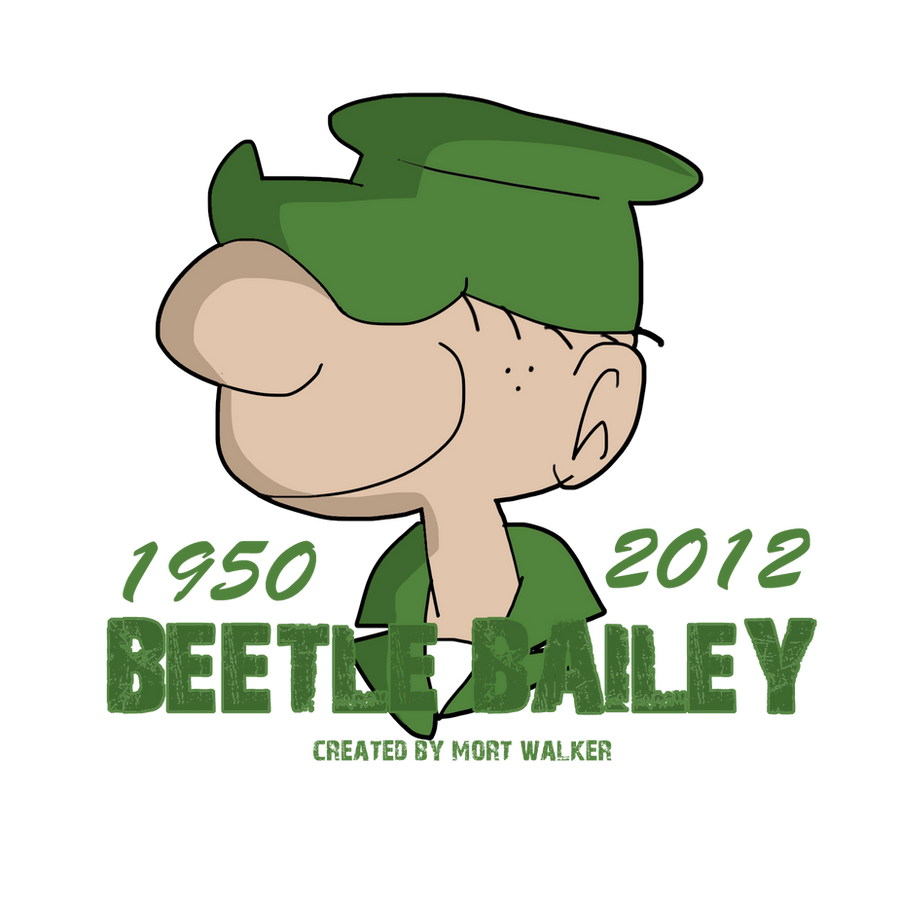Comics and comic art have format and style, both unique. So why, you might wonder, doesn’t it have a vocabulary as well? Wonder no more; the genre does have a vocabulary. The late Mort Walker, who for decades drew the newspaper comic strips Beetle Bailey and Hi and Lois, came up with the vocabulary in his 1980 book The Lexicon of Comicana. Keep in mind that there’s a certain possibility that he wasn’t entirely serious when he explained the doodles and pictographs used to show epithets and expostulations that wouldn’t have made it past newspaper editors. There were four categories of “maledicta,” he explained: “jarns,” “quimps,” “nittles,” and “grawlixes.” Of the four, the term “grawlix” has come into the most usage. It’s actually the oldest of them; Walker came up with it for a 1964 article he wrote for the National Cartoonists Society: Lets Get Down to Grawlixes. “Grawlix” started to catch on, and led to his book.
The maledicta was, obviously, only one category of terms for graphic devices and conventions in comics. If you get the book (it’s still available), you can find out about “staggeratrons,” “jiggs,” “squeans,” and more. Or you could visit an exhibition — there was one in San Francisco titled Plewds! Squeans! and Spurls! “Squeans,” by the way, are the graphical swirls that show intoxication, and “plewds” are droplets of sweat around a character’s head. “Spurls” you’ll have to look up for yourself, along with the many others like “agitrons” and “emanata” (you can kind of intuit those two), “blurgits,” “swalloops,” and “crottles.” A couple of favorites, though, are “briffits” (the cloud of dust left behind when a character speeds away) and “hites” (the straight horizontal lines trailing that character to show speed).
There is, of course, a word for all these words: “sniglet.” That’s a word invented by Rich Hall for his 1984 book Sniglets — a “sniglet” is a word that’s not in the dictionary, but ought to be. And sure enough, you’re not going to find any of these terms in traditional dictionaries. That’s why you need the “The Lexicon of Comicana” — because what is a lexicon? It’s a dictionary, of course!

